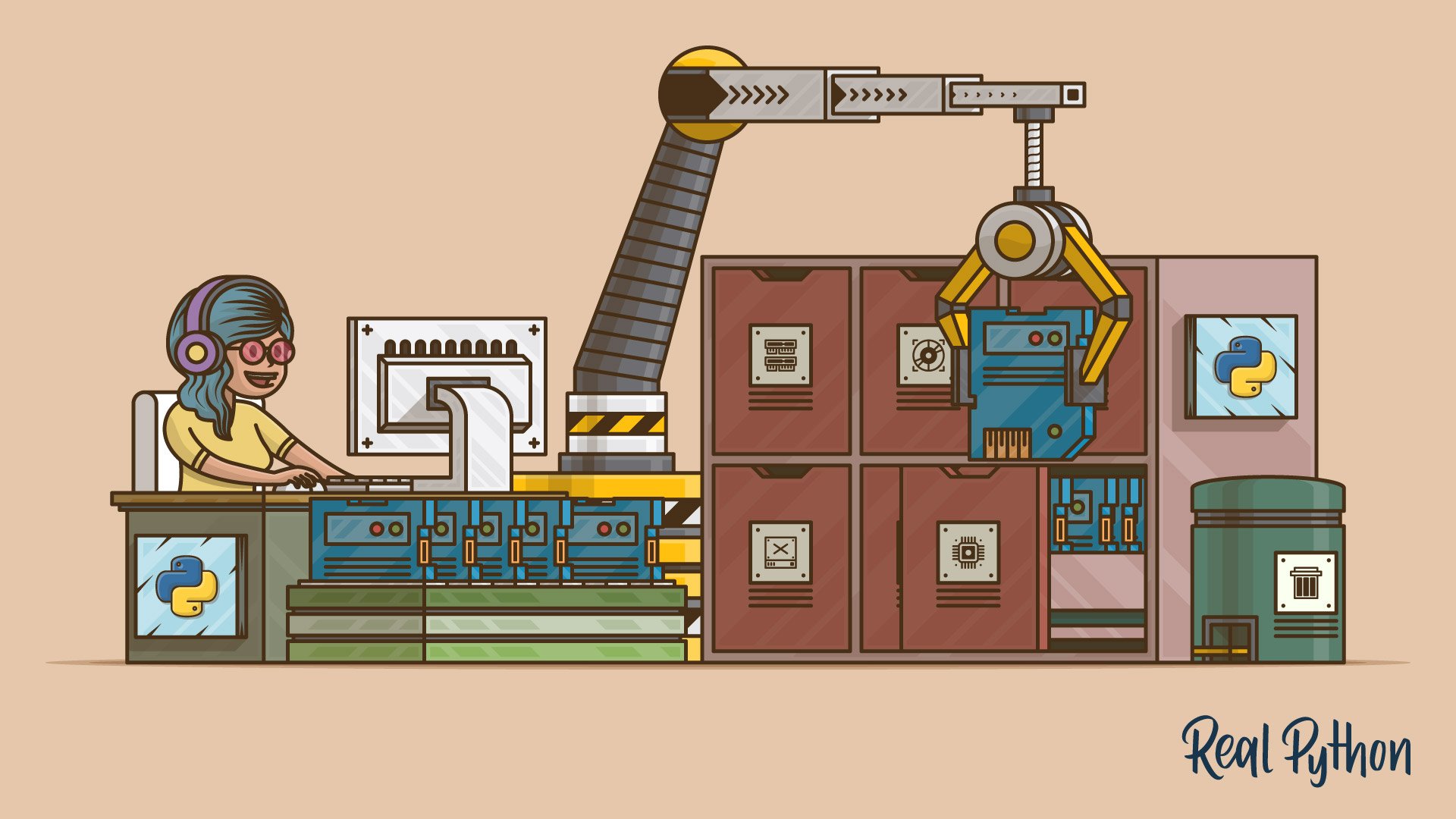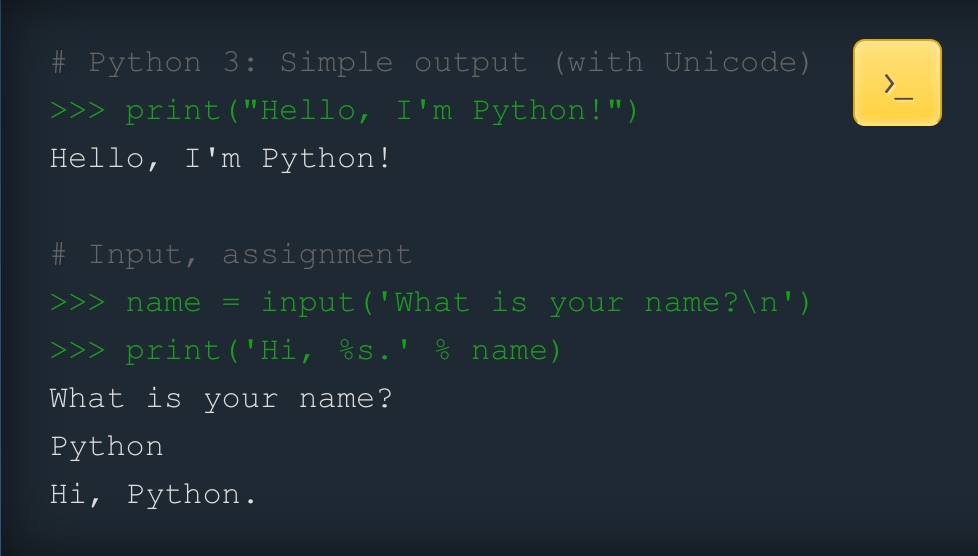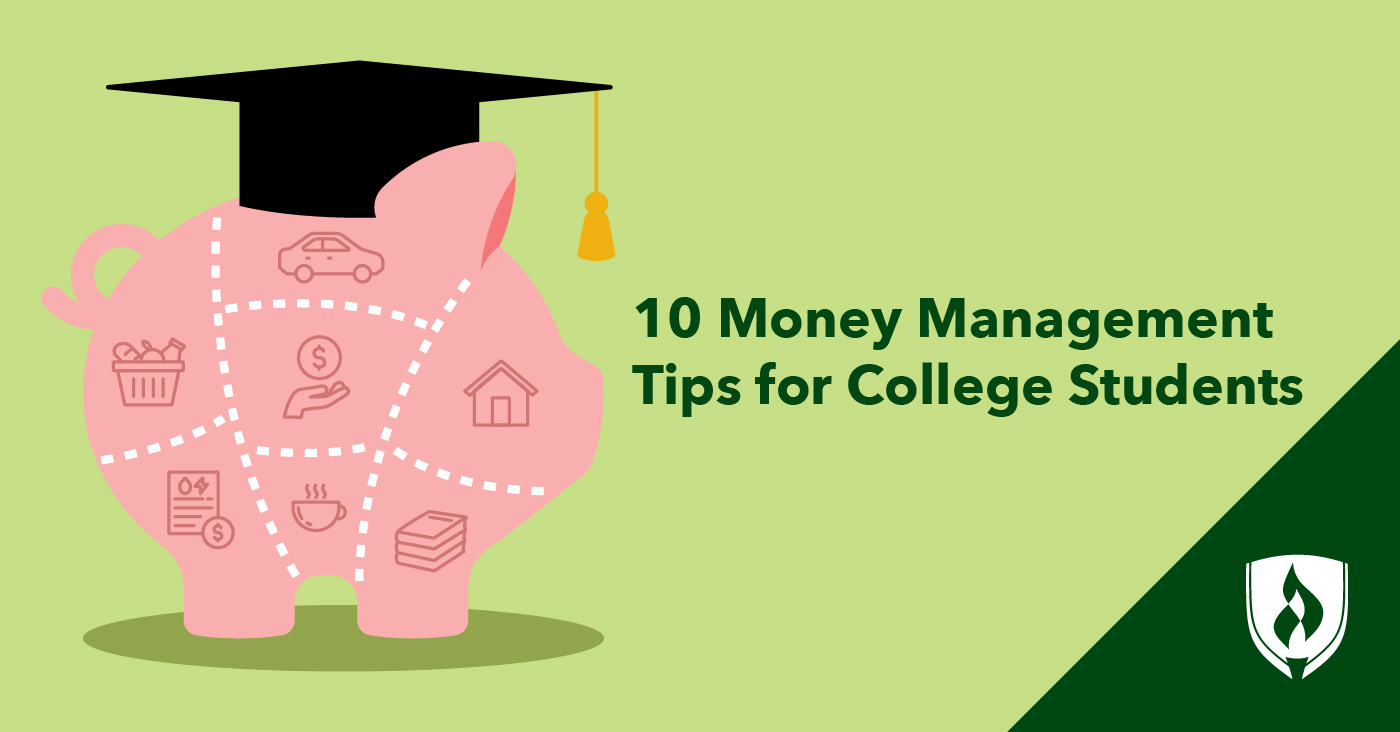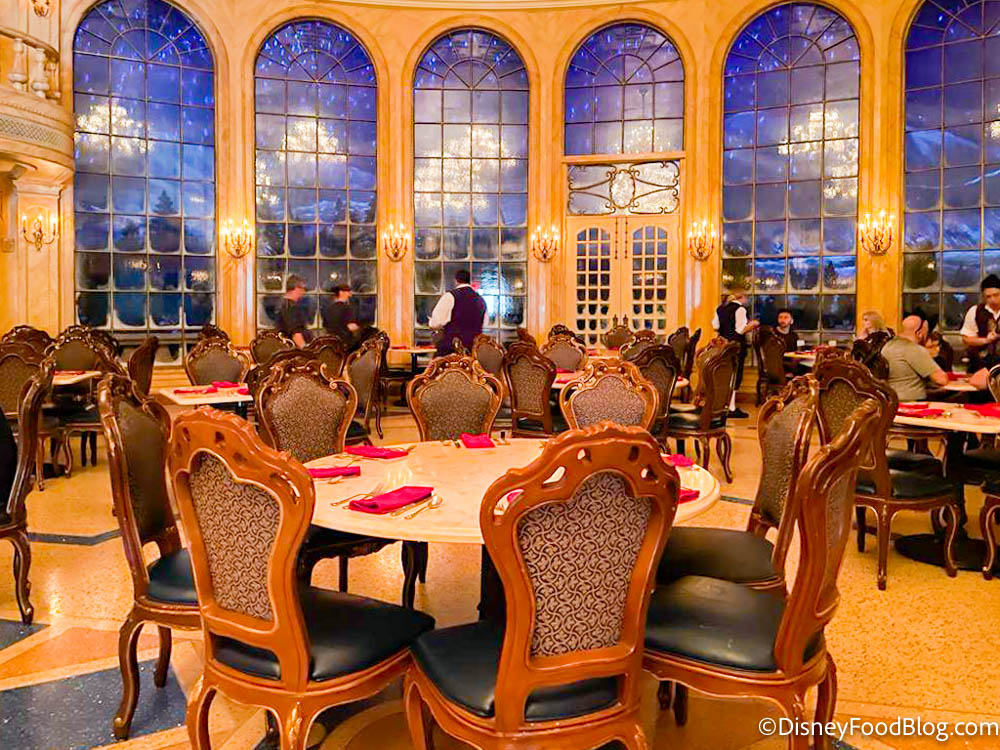
Python: The Language of the Future
As a programmer, I’ve always been fascinated by the world of Python. With its simplicity, flexibility, and vast range of libraries, it’s no wonder why Python has become the go-to language for many developers. In this article, I’ll delve into the world of Python, exploring its features, benefits, and why it’s an excellent choice for beginners and experts alike.
What is Python?
Python is a high-level programming language created by Guido van Rossum in 1991. It’s a versatile language that can be used for software development, web development, data analysis, data visualization, automation tasks, and system scripting. With its vast number of libraries, Python is an excellent choice for developers working on various projects.
Features of Python
Free and Open Source
Python is freely available for everyone to use and modify. This open-source nature of Python has led to a vast and active community, providing extensive documentation and support.
Supports Object-Oriented Programming
Python supports object-oriented programming, which allows for organized and reusable code. This feature makes Python an excellent choice for large-scale projects.
Easy to Debug
Python’s clear syntax and error messages make debugging simpler. This feature is particularly useful for beginners, as it helps them identify and fix errors quickly.
Supports GUI
Python has libraries like Tkinter that support graphical user interfaces. This feature makes Python an excellent choice for developers who want to create GUI applications.
Platform Independent
Python can run on various operating systems, including Windows, macOS, and Linux. This feature makes Python an excellent choice for developers who work on different platforms.
Easy to Learn and Use
Python’s syntax is straightforward and easy to understand, making it a great choice for beginners.
Large Community Support
Python has a vast and active community, providing extensive documentation and support. This community support is particularly useful for beginners, as it helps them learn and grow.
Portable and Scalable
Python programs can be easily transferred between different environments and can handle large-scale projects.
Getting Started with Python
To check whether Python is already installed on your system, use the following command in the terminal:
python --version
If Python is not installed, you can download and install it from the official website: Welcome to Python.org
After installation, to save a Python file, use the .py extension.
Python logo
Python Interpreter and Compiler
An interpreter is used to convert programming language into machine language in Python. A compiler translates the entire source code of a program into machine code before execution, resulting in a standalone executable. An interpreter, on the other hand, translates and executes the source code line by line, without producing a separate executable file.
Memory Management in Python
In Python, the private heap space is a dedicated area of memory where all Python objects and data structures are stored. This heap is managed by Python’s memory manager, which ensures efficient allocation, deallocation, and garbage collection.
 Memory Management in Python
Memory Management in Python
In conclusion, Python is an excellent language for beginners and experts alike. Its simplicity, flexibility, and vast range of libraries make it an ideal choice for various projects. Whether you’re a seasoned developer or just starting out, Python is definitely worth exploring.
 Python programming
Python programming















